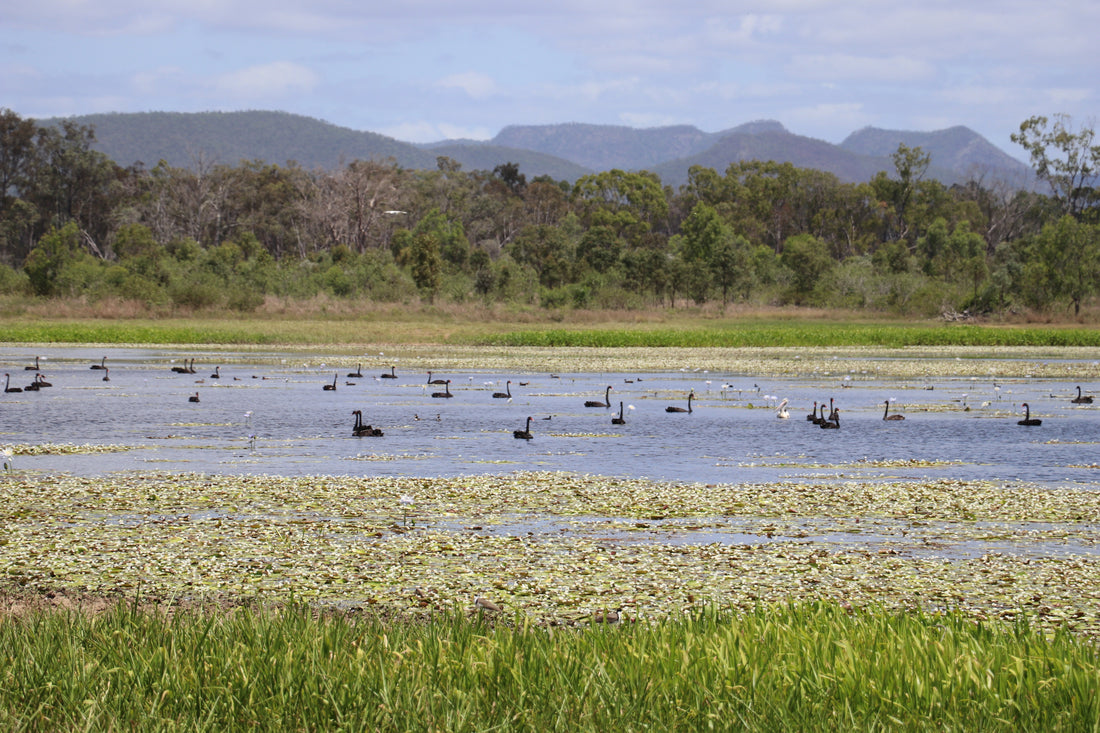
Working With the Land: Natural Sequence Farming and Rotational Grazing
Share
In recent years, more and more landholders have been looking for ways to manage their farms in harmony with the environment. Two practices that are gaining momentum are natural sequence farming and rotational grazing. While they might sound technical, at their core they are about one simple idea: working with the land, rather than against it.
What is Natural Sequence Farming?
Natural sequence farming is about observing how landscapes once managed themselves before large-scale clearing and conventional farming. By slowing down water flow, protecting ground cover, and encouraging native vegetation to thrive, the land gradually begins to repair itself. This means soils hold more moisture, creeks flow more steadily, and pastures become more resilient.
It’s not about imposing strict rules, but rather guiding the natural processes back into balance. Over time, this creates a healthier, more productive landscape that can better withstand droughts, floods, and changing seasons.
The Role of Rotational Grazing
Alongside this, many graziers use rotational grazing—moving cattle through different paddocks in a planned sequence. Instead of leaving stock to graze one area continuously, this system allows pastures time to rest and regrow. The results are striking: deeper root systems, improved soil structure, and a wider variety of plants across the landscape.
When livestock are managed this way, they actually become part of the solution. Their grazing patterns help cycle nutrients back into the soil, while rest periods give the land the breathing space it needs to recover.
Why These Practices Matter
Together, natural sequence farming and rotational grazing represent a shift in how we think about land use. Rather than focusing only on short-term productivity, they encourage us to think in terms of resilience and regeneration. This approach supports not just the farm business, but also the broader environment: cleaner water, healthier soils, and stronger biodiversity.
In the long run, these practices help ensure that farming can remain both profitable and sustainable—a legacy for future generations.
